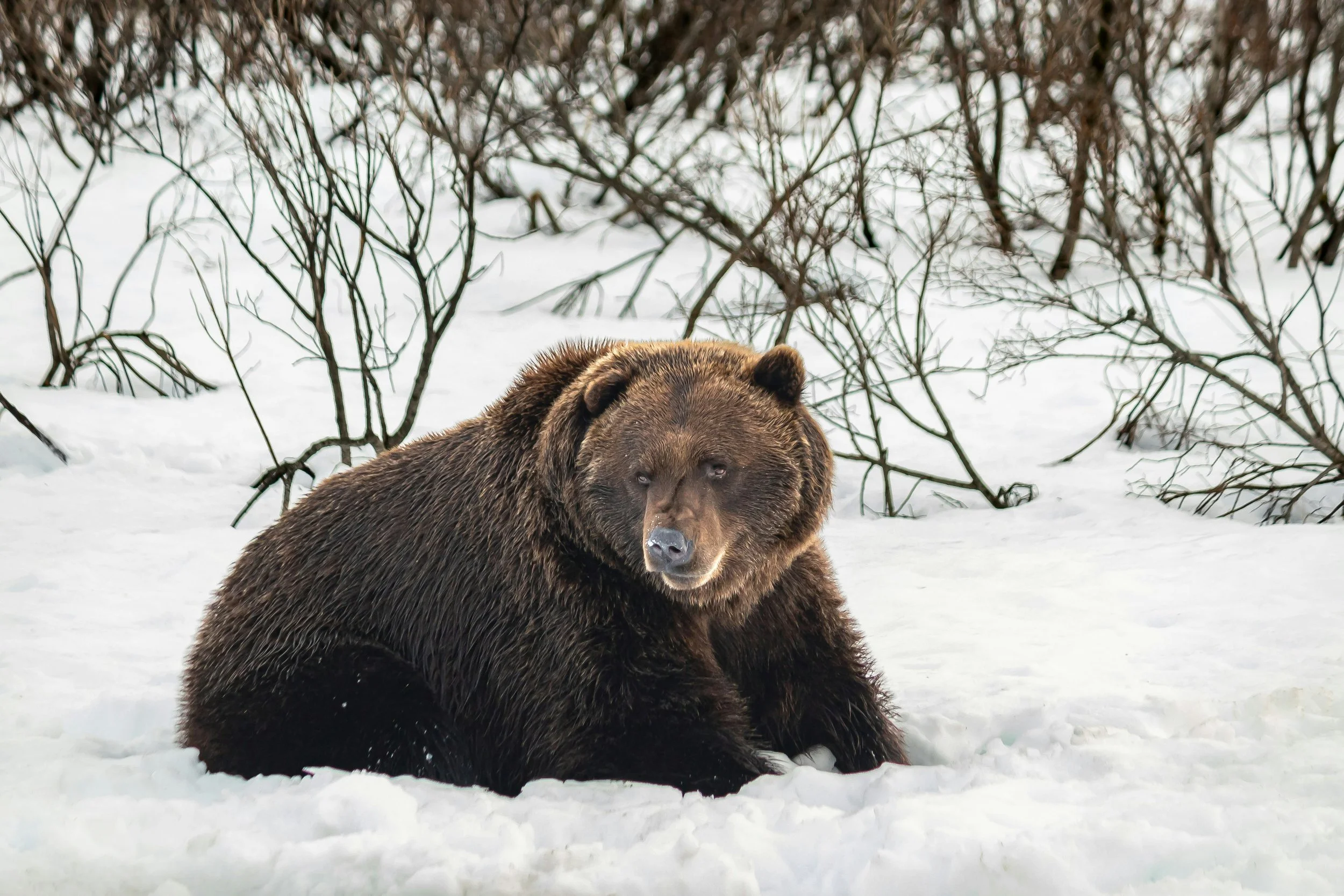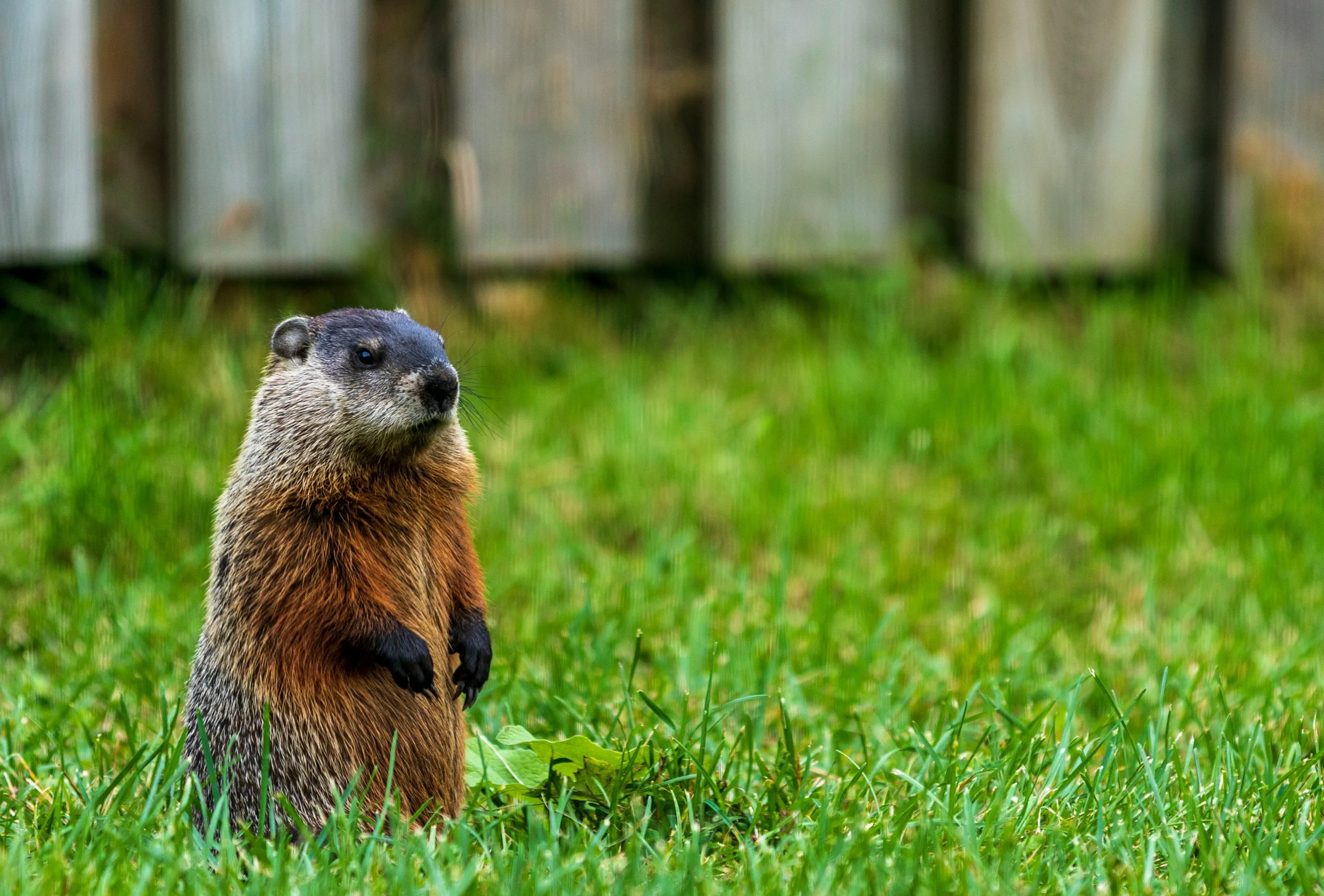Winter Sleepers: How Animals Hibernate to Survive the Cold
Photo by Brian Hiew on Unsplash
As winter settles in, humans bundle up in warm coats, sip hot chocolate, and stay indoors more often. But for many animals, winter means it's time for a long, deep sleep—hibernation! But what exactly is hibernation, and why do some animals hibernate while others don’t? Let’s dive into the fascinating world of winter sleepers!
What is Hibernation?
Hibernation is a survival strategy that allows animals to conserve energy when food is scarce and temperatures drop. During hibernation, an animal’s body temperature lowers, its heart rate slows, and it breathes much less frequently. This helps them use as little energy as possible so they can survive the winter months without needing to eat.
Which Animals Hibernate?
Many animals hibernate, but not all hibernation is the same! Some animals sleep deeply for months, while others wake up occasionally to eat and move around. Here are some common hibernators:
1. Bears 🐻
Bears are famous for hibernating, but they actually enter a lighter sleep state called torpor. During this time, their body temperature drops slightly, and their heart rate slows, but they can still wake up if needed. Mother bears even give birth while in torpor!
Photo by Camerauthor Photos on Unsplash
2. Groundhogs 🦫
Unlike bears, groundhogs are true hibernators. Their body temperature drops significantly, and their heart rate slows to just a few beats per minute. They stay in deep sleep until spring.
3. Bats 🦇
Many bats hibernate in caves or attics, hanging upside down in a state of deep sleep. Some species, however, migrate instead of hibernating.
4. Frogs and Turtles 🐸🐢
Some frogs and turtles have an incredible ability to survive freezing temperatures! Wood frogs, for example, freeze solid during winter, their hearts stop beating, and they don’t breathe. When spring arrives, they thaw out and continue on as if nothing happened!
5. Snakes and Other Reptiles 🐍
Reptiles don’t hibernate in the same way as mammals, but they do enter a state called brumation. They become very inactive, slowing their metabolism, but they still wake up occasionally to drink water.
Why Do Some Animals Hibernate While Others Don’t?
Hibernation is mainly a response to food availability. Animals that rely on plants, insects, or other food sources that disappear in winter need to hibernate or migrate to survive. Predators, like foxes and wolves, remain active because they can still hunt for food even in the snow.
How Can We Help Hibernating Animals?
Since hibernating animals rely on stored energy, it’s important not to disturb them. If you see an animal sleeping in winter, let it rest! You can also help wildlife by:
Providing bird feeders for animals that stay active.
Leaving leaf piles or brush in your yard to offer shelter for insects and small mammals.
Avoiding disturbing caves or hollow trees where animals might be sleeping.
Hibernation is one of nature’s most incredible adaptations, allowing animals to survive harsh winters and re-emerge in spring, ready for a fresh start. So, next time you're outside in the snow, remember—there may be tiny sleepers resting beneath your feet, just waiting for warmer days to wake up!


